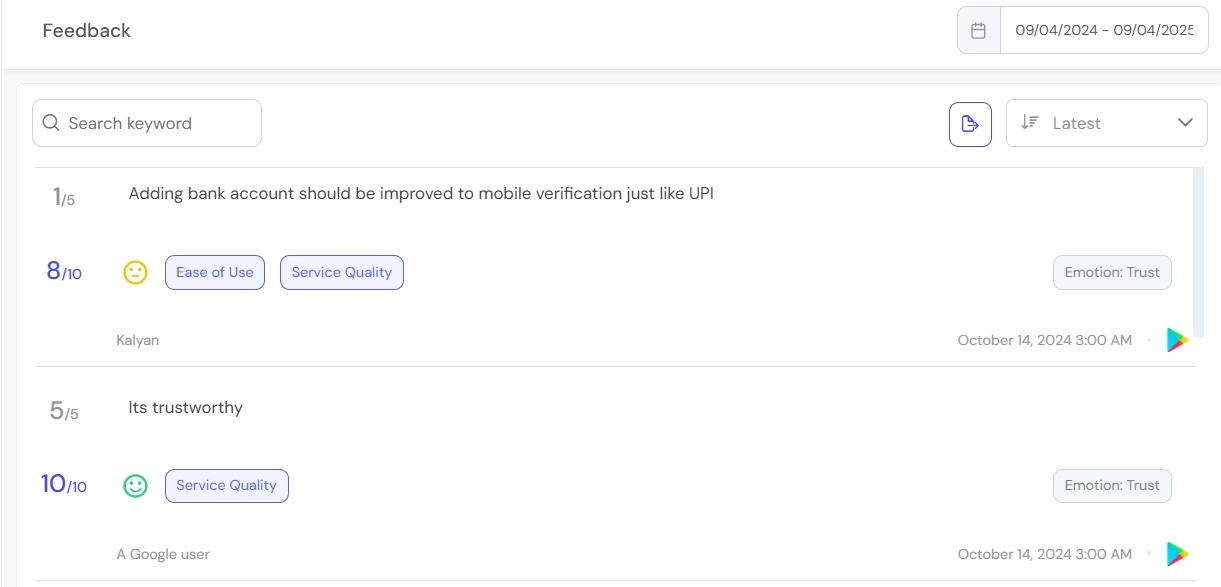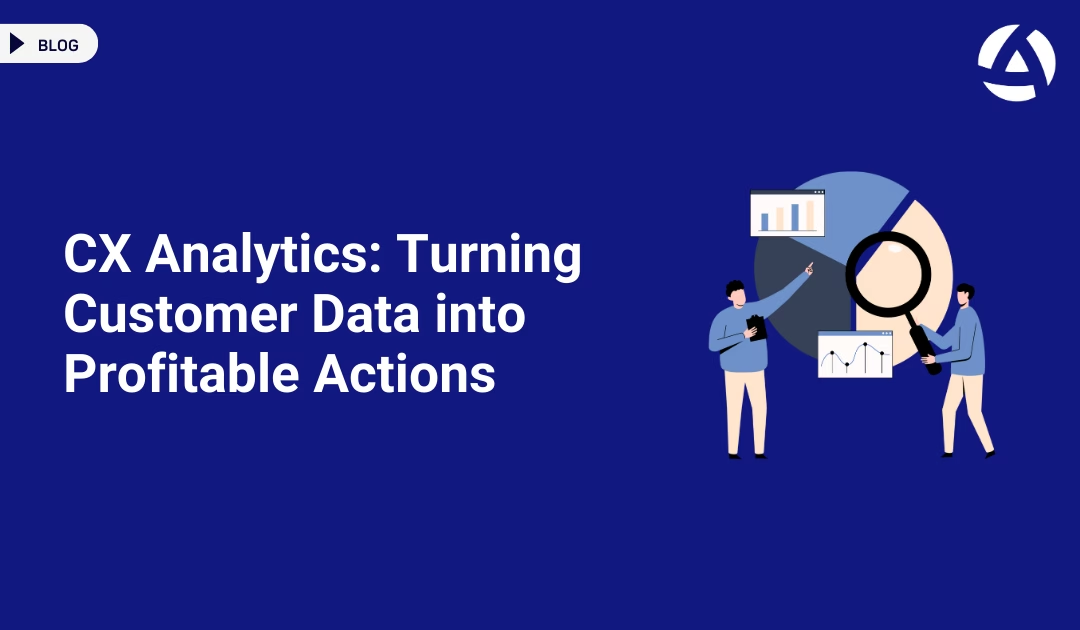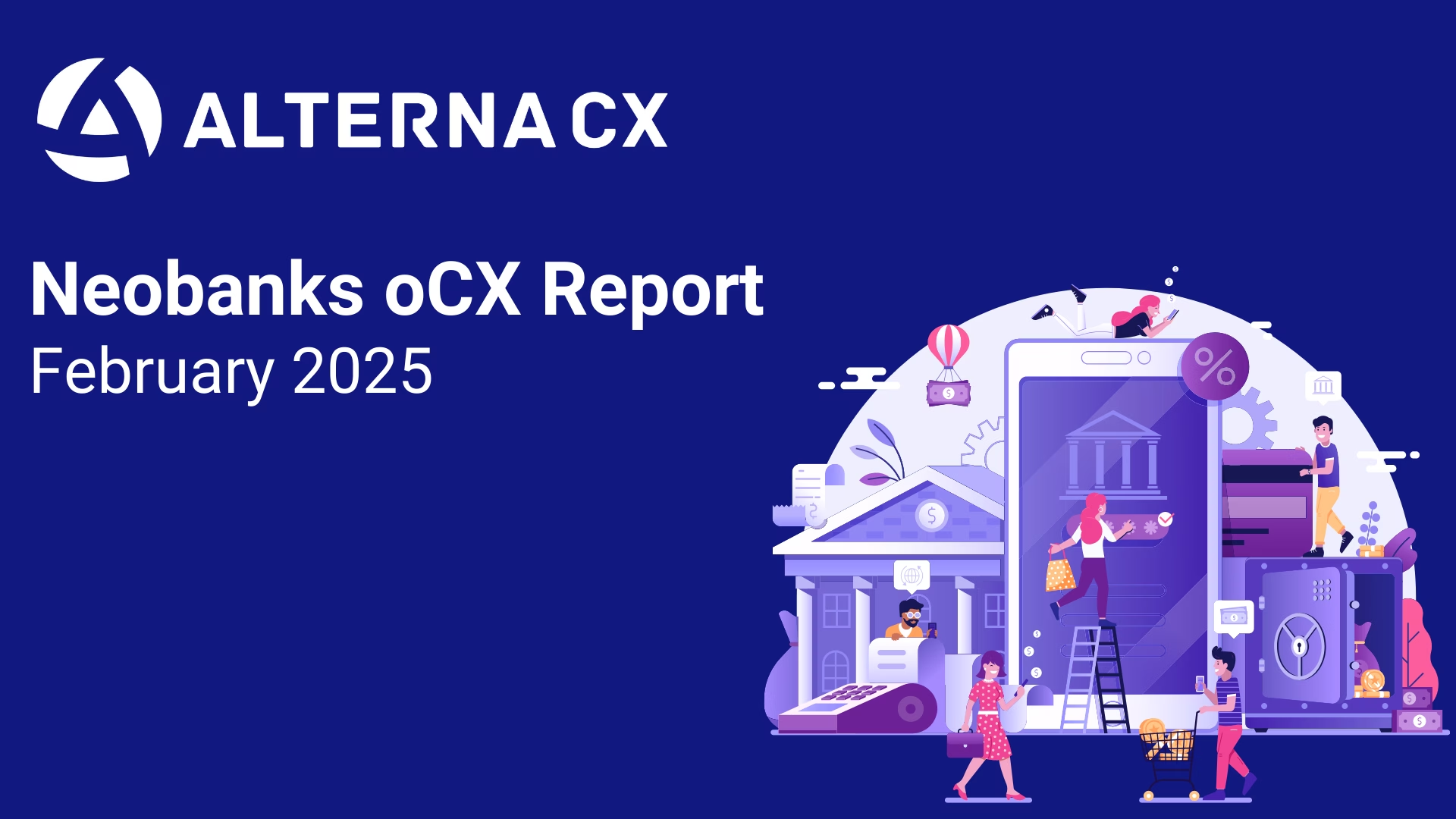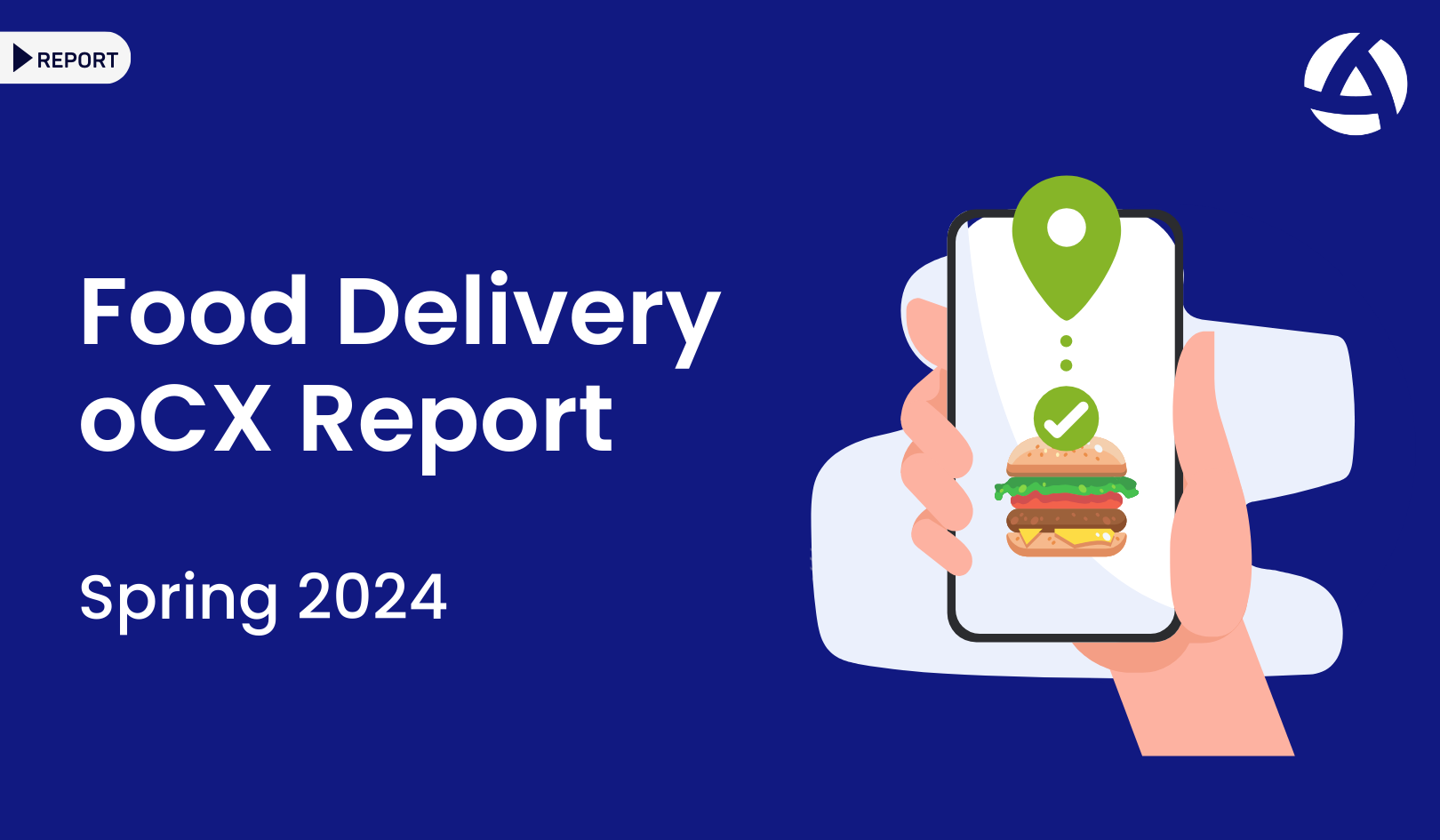Understanding the Basics of CX Analytics
Understanding how customers interact with your business is crucial. CX analytics provides the framework and tools needed to gather, analyze, and act on customer data across multiple touchpoints. By implementing robust customer experience analytics systems, companies can identify pain points, recognize patterns, and make data-driven decisions that directly impact customer satisfaction and loyalty.
Capturing the Complete Customer Journey
The growth of digital interactions has created new opportunities to collect valuable customer data. Every click, conversation, and purchase leaves a digital footprint that can be analyzed. Modern CX analytics platforms capture these interactions across websites, mobile apps, call centers, and in-store experiences. This holistic approach gives businesses a complete view of the customer journey rather than fragmented insights from isolated channels.
Combining Quantitative and Qualitative Data
What makes CX analytics particularly powerful is its ability to combine different types of data. Quantitative metrics like conversion rates, average handling times, and Net Promoter Scores provide the “what” of customer behavior. Qualitative feedback from surveys, social media mentions, and customer interviews delivers the “why” behind those actions. Together, they create a comprehensive understanding that neither could achieve alone.
Key Steps for Successful Implementation
Implementing effective customer experience analytics requires a strategic approach. Organizations seeing the greatest success typically follow these key steps:
- Define clear objectives – Determine what specific customer experience challenges you want to address
- Select appropriate metrics – Choose KPIs that align with your business goals
- Integrate data sources – Connect siloed systems to create a unified view
- Establish benchmarks – Set realistic targets based on industry standards and historical performance
- Create actionable dashboards – Design visual interfaces that highlight the most important insights
- Develop feedback loops – Ensure insights lead to actions and improvements
From Insights to Business Improvements
The real value of CX analytics emerges when insights translate into tangible business improvements. For example, analysis might reveal that customers frequently abandon their shopping carts at the payment stage. This insight allows the company to investigate specific issues with the checkout process, implement fixes, and track improvements in conversion rates. Without proper analytics, such patterns might remain hidden, causing ongoing revenue losses and customer frustration.
Looking Forward with Predictive Analytics
Predictive capabilities represent the next frontier in customer experience analytics. While traditional analytics tell you what happened in the past, predictive models forecast future behaviors and needs. These systems can identify which customers are at risk of churning, which products a customer might be interested in next, and how changes to the customer journey might impact satisfaction. This forward-looking perspective allows businesses to be proactive rather than reactive in their customer experience strategies.
Balancing Privacy and Personalization
Privacy considerations must be balanced with data collection needs when implementing CX analytics. Customers increasingly expect personalization but are simultaneously concerned about how their data is being used. Successful programs maintain transparency about data collection practices, obtain proper consent, and demonstrate the value exchange for customers. Some key privacy practices include:
- Anonymizing data when personal identifiers aren’t necessary
- Implementing strong data security protocols
- Creating clear privacy policies that explain data usage
- Giving customers control over their information
- Regularly auditing data collection practices
Creating a Collaborative Approach
Cross-functional collaboration is essential for maximizing the impact of CX analytics. While these systems might be implemented by analytics or customer experience teams, the insights must flow to departments across the organization. Marketing teams can refine campaigns based on customer preferences. Product development can prioritize features that address customer pain points. Customer service can identify common issues and develop better training programs. This collaborative approach ensures that the entire organization aligns around improving customer experiences.
Adapting to Technology Changes
The technology landscape for customer experience analytics continues to change. AI and machine learning now enhance these platforms’ capabilities, allowing for more effective pattern recognition and analysis of unstructured data like customer comments. Natural language processing helps companies understand sentiment in customer feedback, while automation streamlines the process of generating insights and recommendations. Organizations should regularly evaluate their technology stack to ensure they’re using the most effective tools available.
Measuring ROI and Business Impact
Measuring the ROI of CX analytics investments presents challenges but remains critical for sustained program support. The most effective approaches connect customer experience improvements directly to financial outcomes. For instance, companies can track how improvements in satisfaction scores correlate with increased customer lifetime value, reduced acquisition costs, or higher retention rates. These financial linkages help secure ongoing investment in customer experience initiatives.
Ready to See CX Analytics in Action?
Want to see how CX analytics can work for your specific business needs? Our team of customer experience specialists can walk you through a personalized demonstration of our platform. You’ll see firsthand how our solutions can help identify opportunities, solve customer pain points, and drive measurable business results.

Frequently Asked Questions
How long does it take to implement a comprehensive CX analytics system?
Implementation timelines vary based on organizational complexity and existing systems, but most businesses should plan for 3-6 months to fully deploy and integrate a robust customer experience analytics platform.
Can small businesses benefit from CX analytics, or is it primarily for enterprises?
Businesses of all sizes can benefit from customer experience analytics. While enterprises may use more complex systems, small businesses can implement focused analytics solutions that address their specific needs and scale as they grow.




